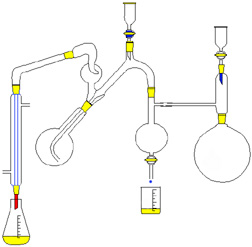This image represents a complex apparatus such as might have been used in the Miller Urey experiment.
Click on image for full size
Windows original
The Miller Urey Experiment
In the 1950's, biochemists Stanley Miller and
Harold Urey, conducted an experiment which showed that
some of the building blocks of life like amino acids, could be formed by imitating
Earth's early atmosphere.
They designed a
tube which held a mix of gases similar to those found in Earth's
early atmosphere along with a pool of water to imitate the early ocean, and delivered an electric current into the tube to imitate lightning. They found that several
organic amino acids (long and complex molecules) had formed suddenly out of the combination of these simple elements. These molecules collected together in the pool of water to form coacervates.
Their experiments lent support to the theory that the first life forms
arose through naturally-occuring chemical reactions. However, many scientists remain unconvinced.
You might also be interested in:
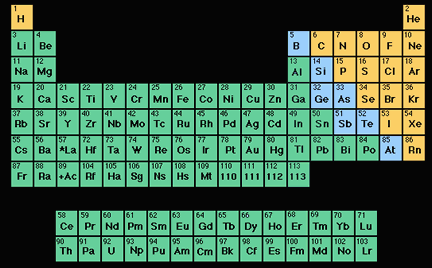
An element (also called a "chemical element") is a substance made up entirely of atoms having the same atomic number; that is, all of the atoms have the same number of protons. Hydrogen, helium, oxygen,
...more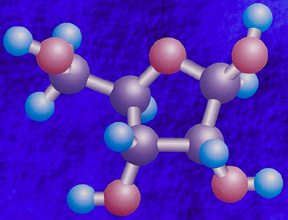
In the warm early ocean, large molecules came together into a form called *coacervates*. Molecules such as these will form coacervates in the same way that beads of vinegar in oil come together. These
...more
The first beings were probably much like coacervates. As a group, these bacteria were heterotrophic , meaning that they ate food which came from somewhere else. Because there was virtually no oxygen in
...more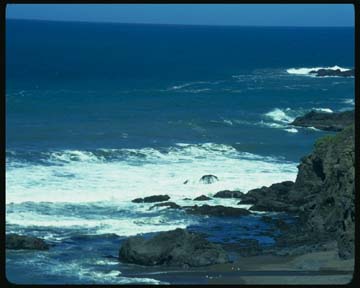
This tour is not ready yet, but you are welcome to click through and look at the pictures! When you think of an ocean, this is what usually comes to mind! When we discuss an ocean on Europa, this is not
...more
When you think of an ocean, this is what usually comes to mind! As we've said in the discussion of life on Earth, liquid water seems to be important to life. According to the Miller Urey hypothesis, the
...more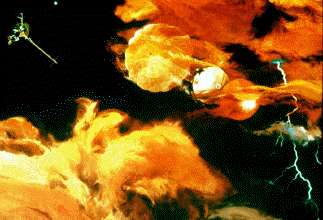
Jupiter's atmospheric environment is one of powerful winds, going 250 miles per hour, and temperatures from -270 degrees to +32 degrees (freezing temperature). These winds make it hard for life forms to
...more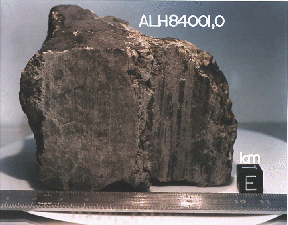
In July, 1996 a team of scientists said that they had discovered possible fossils of bacteria in a meteorite named ALH84001 that came from Mars. It was found in Antarctica in 1984 after having landed there
...more


